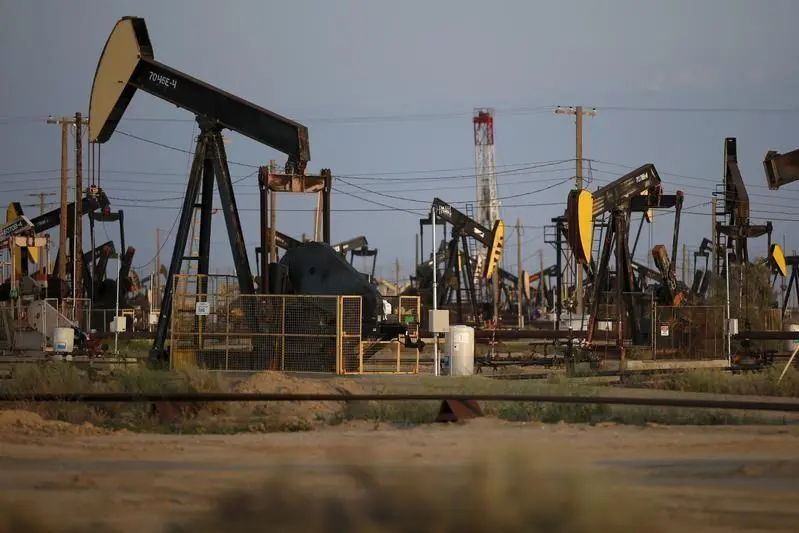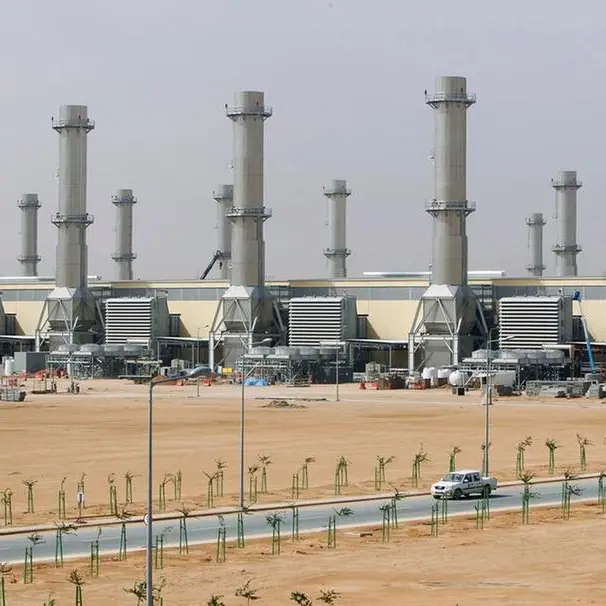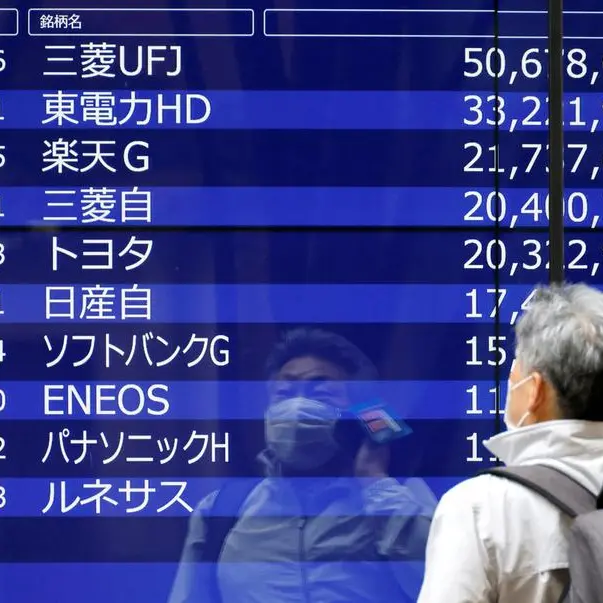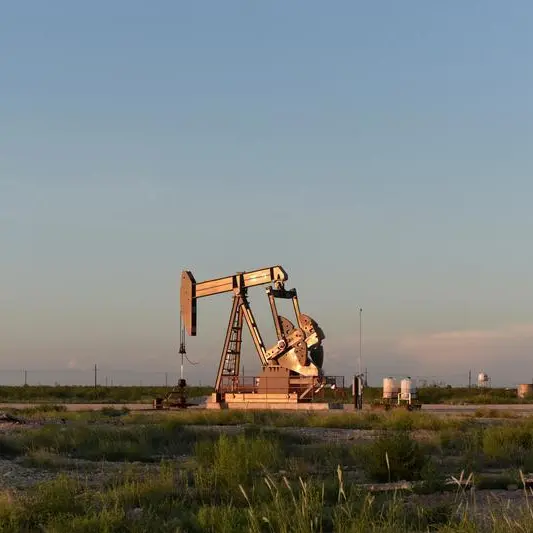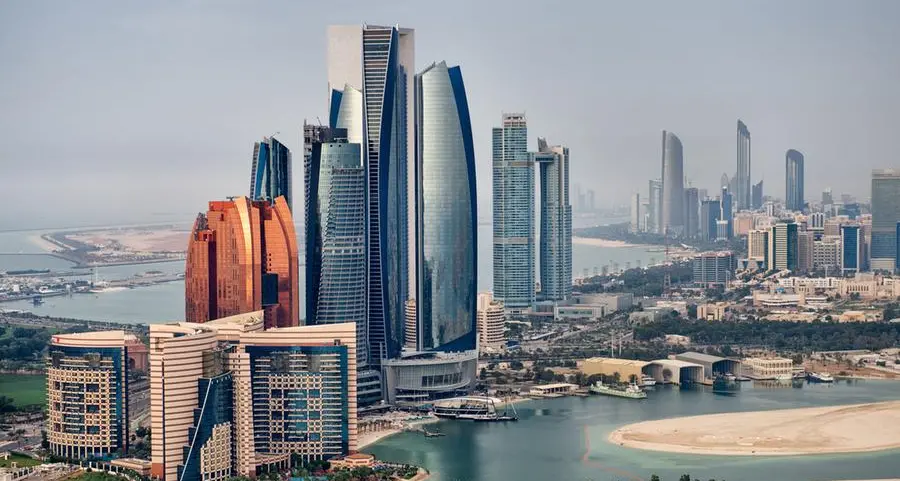PHOTO
DALLAS - America is great at finding natural gas, but not so good at using it. A boom in production has made the country a net exporter of the fuel. But consumers are on pace to have used less electricity generated from gas in 2017 than they did a year earlier. Shale’s promises of “energy independence” are bumping up against policy and infrastructure obstacles.
The amount of natural gas produced each year in the United States has gone up roughly 50 percent in a decade, but it has a shrinking role in the country’s energy mix, despite being cheap and relatively clean. Liquefied exports will continue to exceed imports in 2018, the Energy Information Administration anticipates. But natural-gas usage has fallen nearly 8 percent this year through October, the agency says.
Part of the failure to fully embrace gas comes from fuzzy policy. Energy Secretary Rick Perry has proposed to the Federal Energy Regulatory Commission that it change pricing structures to favor coal and nuclear plants. There’s some logic in maintaining a diversified supply. But it’s also a bureaucratic distraction. New FERC Chairman Kevin McIntyre, who took the helm in December, has to weed through some 1,500 comments on the policy.
Meanwhile electricity doesn’t always get where it’s meant to because of poor infrastructure. Walt Disney's California theme park Disneyland went without power for hours on Wednesday because of transformer issues. Atlanta’s Hartsfield-Jackson International Airport went offline after a fire in an electrical facility provided by Georgia Power, a division of Southern Co. Pacific Gas & Electric recently said it was suspending its dividend because its equipment may have been responsible for wildfires in California that killed more than 40 people, and it could be held financially responsible.
Change is happening only slowly. Georgia Power plans to complete two nuclear plants that were put on hold because of cost overruns. If they are built, they will be the country’s first such plants in 30 years. Experimental infrastructure programs – like burying power lines in California – are slow and expensive. The responsibility to update the grid falls to both private and public entities too, so pricing and investment decisions are mired in bureaucracy.
Meanwhile Americans are swimming in a natural resource that it can’t efficiently use. Shale could be a path to energy self-sufficiency – yet instead, America is struggling to keep the lights on.
(Editing by John Foley and Martin Langfield)
© Reuters News 2018
The amount of natural gas produced each year in the United States has gone up roughly 50 percent in a decade, but it has a shrinking role in the country’s energy mix, despite being cheap and relatively clean. Liquefied exports will continue to exceed imports in 2018, the Energy Information Administration anticipates. But natural-gas usage has fallen nearly 8 percent this year through October, the agency says.
Part of the failure to fully embrace gas comes from fuzzy policy. Energy Secretary Rick Perry has proposed to the Federal Energy Regulatory Commission that it change pricing structures to favor coal and nuclear plants. There’s some logic in maintaining a diversified supply. But it’s also a bureaucratic distraction. New FERC Chairman Kevin McIntyre, who took the helm in December, has to weed through some 1,500 comments on the policy.
Meanwhile electricity doesn’t always get where it’s meant to because of poor infrastructure. Walt Disney's California theme park Disneyland went without power for hours on Wednesday because of transformer issues. Atlanta’s Hartsfield-Jackson International Airport went offline after a fire in an electrical facility provided by Georgia Power, a division of Southern Co. Pacific Gas & Electric recently said it was suspending its dividend because its equipment may have been responsible for wildfires in California that killed more than 40 people, and it could be held financially responsible.
Change is happening only slowly. Georgia Power plans to complete two nuclear plants that were put on hold because of cost overruns. If they are built, they will be the country’s first such plants in 30 years. Experimental infrastructure programs – like burying power lines in California – are slow and expensive. The responsibility to update the grid falls to both private and public entities too, so pricing and investment decisions are mired in bureaucracy.
Meanwhile Americans are swimming in a natural resource that it can’t efficiently use. Shale could be a path to energy self-sufficiency – yet instead, America is struggling to keep the lights on.
(Editing by John Foley and Martin Langfield)
© Reuters News 2018
